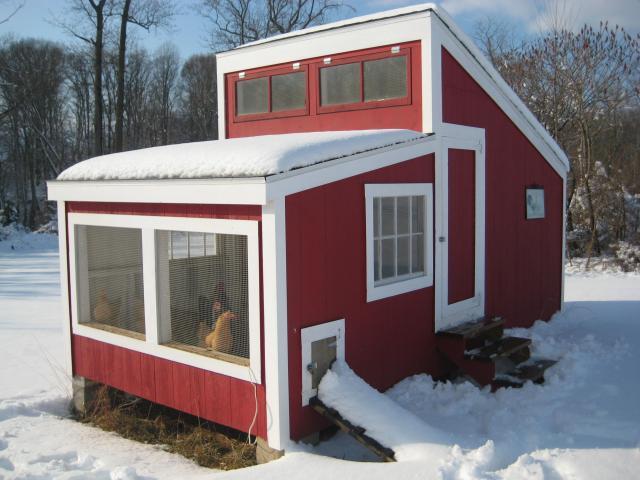I'm with
@aart on this one, eaves everywhere, the wider the better.
Keeping moisture off the structure, slows down rot, and extends its life. If the eaves are wide enough, they allow you to open your windows, even in the rain, without wetting your bedding or the building framing.
Eaves will have no negative effect on the Woods system, only a positive effect on the durability of the structure itself.
Eaves will never block winter sun, which is warmth you want, because the sun is too low in the sky, the sun is coming in sideways in winter, not from above.
Summer is the opposite, the sun is directly overhead, so eaves keep the hot summer sun out.
It's inexpensive and easy to overrun the sidewalls and create eaves, so considering all the benefits, I would.
I've read Woods book, he has a great system, which he was proposing for mass adoption. He wanted to keep it as simple, and inexpensive, to implement as possible, to have a larger appeal, he stressed how inexpensive his houses were to build.
Adding eaves increases the cost and trouble a little bit, isn't necessary for his ventilation system to work properly (the main point of his book), but does offer extra benefits to the owner. As expensive as building things is today, personally I'll spend a little extra upfront, while it's easy to do, to head off long term maintenance issues like rot.
I'd also keep everything salt treated, again it'll last longer.
Anything on the south face of the structure is going to face a lot more weathering than the other sides of the building, because it gets more UV, so the monitor windows, and its framing, is a weak point, because of that UV and moisture degradation, and the fact there's a good chance the framing wood is lighter and less able to stand that assault over the years. Keeping the moisture, and the summer UV off them with eaves will extend their lives.
I've spent most of my career selling land in the country, go look at any old barn, there's significantly, and very noticeably more, UV damage on the south sides of those buildings, with siding boards cracked and curling, and that's with significantly better wood than we have available today.
The wood in those days was old slow growing, first growth wood, denser than the fast growing yellow pine we use so much today.
I'm a huge fan of the Woods design, in my opinion it's the very best design in looks and functionality. You're making a very good choice selecting it.
@JackE and
@Howard E have done a tremendous service to this community, by building, and sharing with us the Woods concept. They've both spent a great deal of time and effort, helping others understand the concept, people like that, make this board great.
People attracted to the Woods design aren't slap dash people, they want the best design possible, eaves improve the functionality and durability of the design. You're going to have a significant investment in a coop as nice as a Woods, protect it with eaves.





